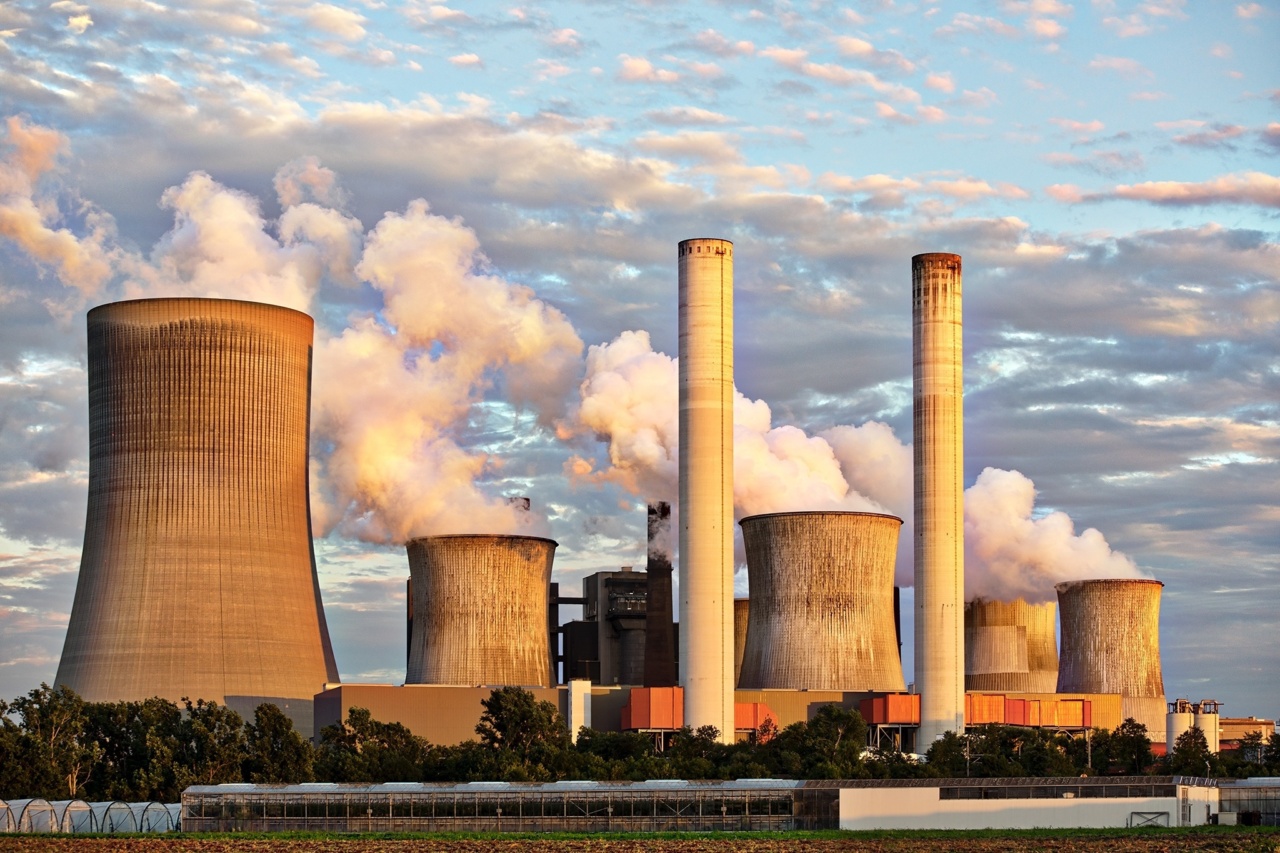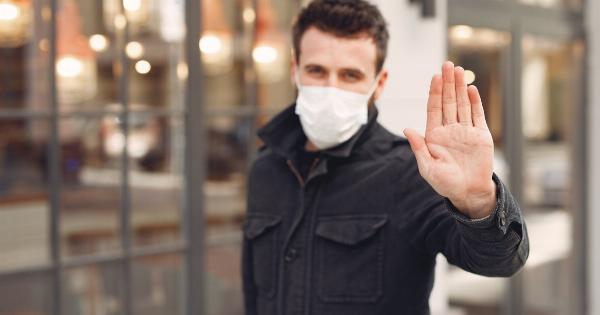Air pollution has become a severe global problem, adversely affecting the health of millions of people around the world.
While the impact of air pollution on respiratory diseases and other health conditions is well-documented, a new study has unveiled a shocking revelation – air pollution is responsible for the deaths of 500,000 newborns every year.
The Hidden Danger in the Air
Air pollution is a mix of harmful gases, particulate matter, and other pollutants released into the atmosphere by various human activities, such as industrial emissions, vehicle exhaust, and burning of fossil fuels.
These pollutants not only affect the overall air quality but also pose a significant threat to human health.
A Grave Threat to Newborns
The vulnerability of newborn infants to air pollution cannot be underestimated. Their immune systems are not fully developed, making them more susceptible to the detrimental effects of harmful substances in the air.
Additionally, their respiratory systems are still delicate and more prone to damage caused by pollutants.
A study conducted by the World Health Organization (WHO) estimates that more than 90% of the world’s population is breathing in polluted air.
Particularly, low- and middle-income countries bear the greatest burden, with around 98% of all newborn deaths related to air pollution occurring in these regions.
The Impact on the Developing World
In rapidly developing countries, economic progress often comes at the cost of environmental degradation.
The burning of coal for energy generation, unregulated industrial emissions, and the exponential increase in vehicular traffic contribute to the alarming levels of air pollution. The consequences of this hazardous air quality are devastating, especially for newborns.
Air pollution can have severe repercussions on the healthy development of infants. Exposure to polluted air increases the risk of respiratory infections, stunted growth, low birth weight, and even premature birth.
These conditions can have long-lasting effects on a child’s health and well-being, leading to chronic diseases later in life.
Indoor vs. Outdoor Air Pollution
While outdoor air pollution often grabs headlines, indoor air pollution is equally concerning, if not more so. In many low-income households, families rely on solid fuels like wood, coal, and biomass for cooking and heating purposes.
The burning of these fuels releases high levels of harmful pollutants into the indoor environment.
This indoor air pollution is a leading cause of acute lower respiratory infections (ALRI), responsible for an estimated 16% of all deaths among children under five years of age.
The inhalation of fine particulate matter and other toxic substances during the critical early stages of life significantly contributes to the mortality rate of newborns.
Seeking Solutions
Addressing the issue of air pollution requires a comprehensive approach involving governments, policymakers, and individuals.
Strict regulations should be put in place to control industrial emissions and improve the efficiency of energy generation processes. Encouraging the use of clean and renewable energy sources can significantly reduce pollution levels.
Promoting sustainable transportation options, including the use of electric vehicles, biking, and public transportation, can help curb vehicular emissions.
Additionally, developing green spaces and urban forests can act as filters, absorbing pollutants and improving the overall air quality.
Furthermore, increasing awareness about the dangers of air pollution among communities is crucial.
Educating individuals on the importance of reducing personal exposure to pollution and adopting healthy lifestyle choices can make a significant difference in mitigating the impact of air pollution on newborns.
A Call to Action
The alarming statistics regarding the impact of air pollution on newborns demand urgent action. Governments, international organizations, and individuals must collaborate to implement effective strategies aimed at reducing air pollution.
Investment in clean technologies and the transition to sustainable energy systems is paramount.
By adopting cleaner practices and advocating for stricter air quality standards, we can protect the lives of countless newborns from the devastating consequences of air pollution.

























